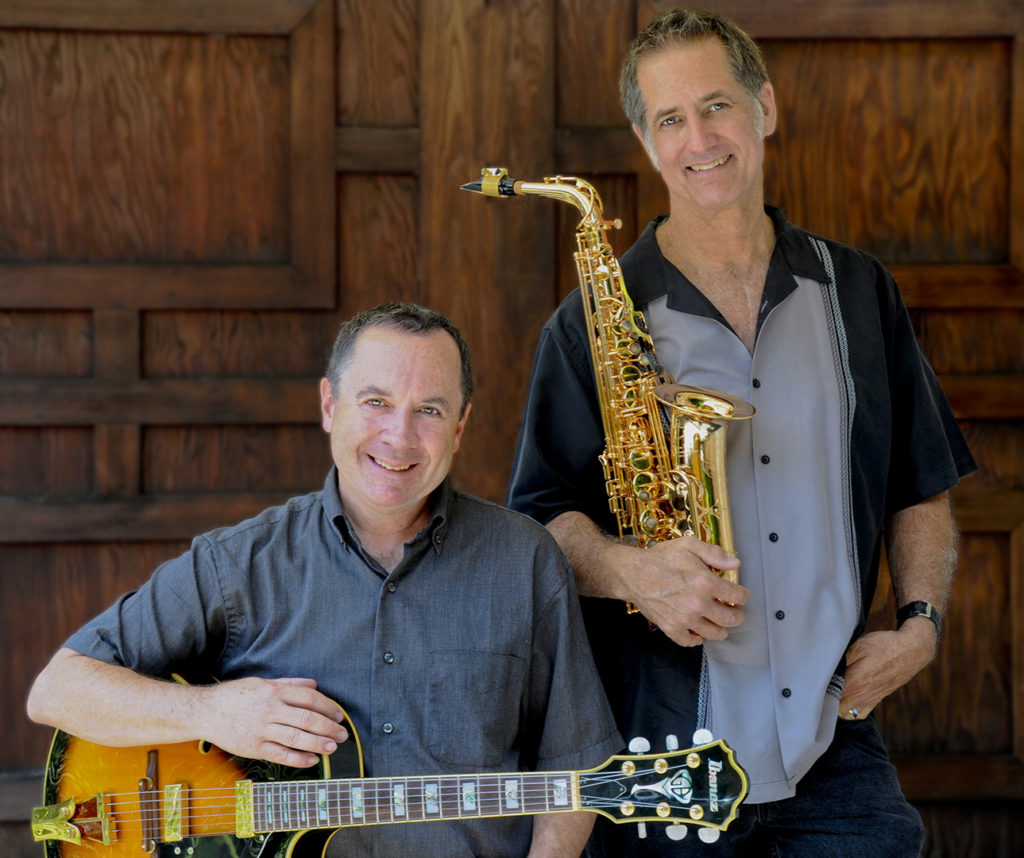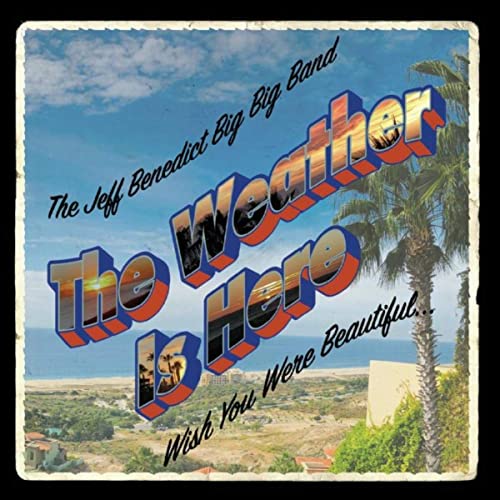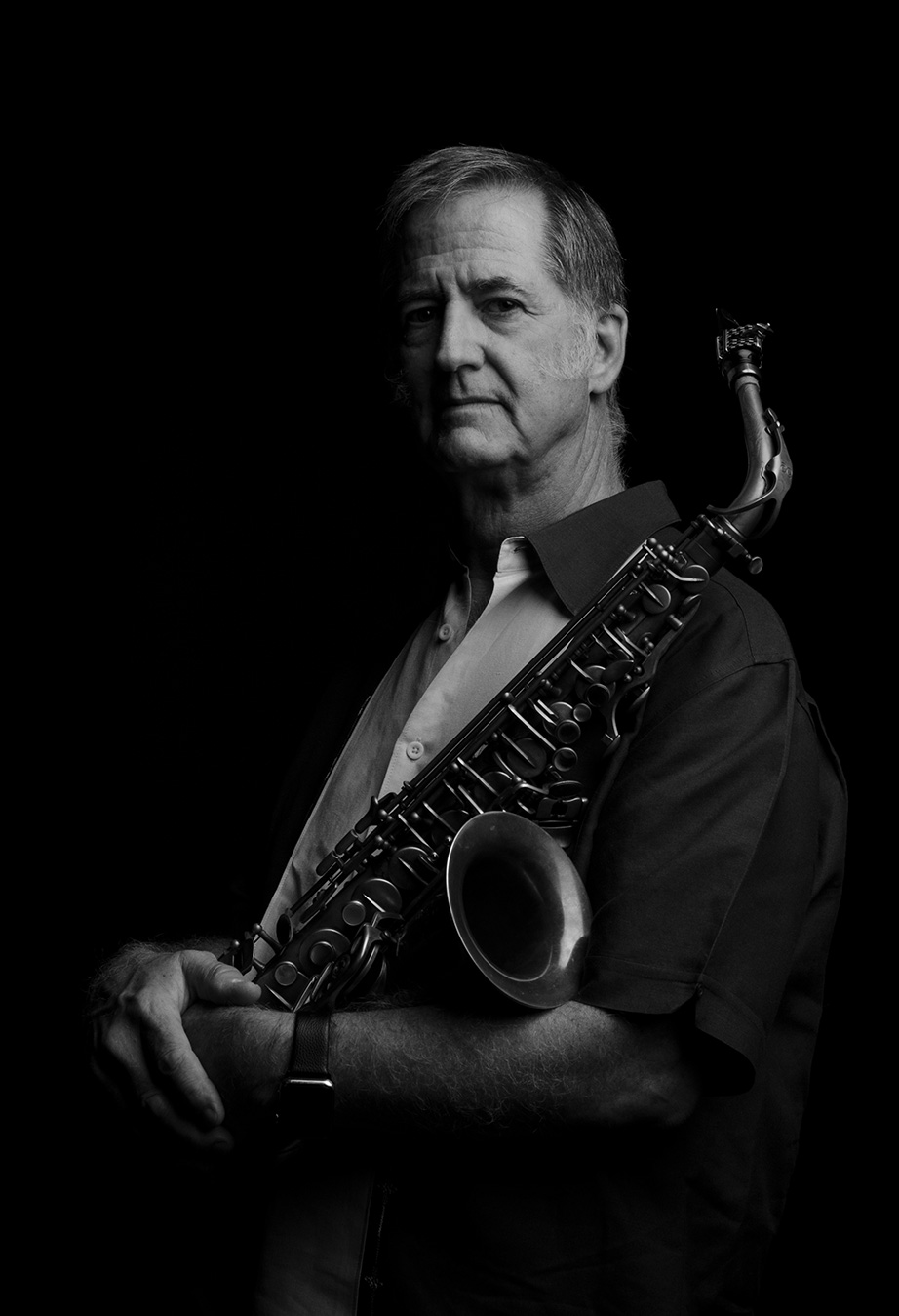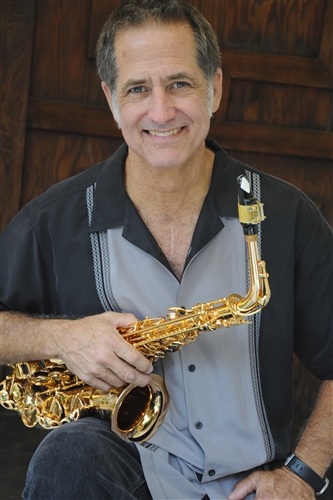Dave Askren Jeff Benedict Come Together Review
Is music just much better with friends? I have to say in the case of Dave Askren and Jeff Benedict who are at it again, the answer is yes. Askren, grew up the son of a church organist and piano teacher. Saxophone and piano played a part in his early musical development, which I am sure gives him great respect for long time partner Jeff Benedict. What turned Askren onto guitar was hearing George Benson and Pat Martino, which inspired him to switch to the guitar. Taking his passion to the next level, Askren studied at Berklee College of Music in Boston, where many guitarists fell under the tutelage at the time of famed MA teacher Charlie Banacos, who sadly passed on. Jeff Benedict turned professional at the age of fourteen, his credits include working with Dave Brubeck, Phil Woods and Gary Burton. Benedict can be found playing jazz or classical at any given time with ease and comfortability. He additionally is Professor of Music at California State, Los Angeles.
About the Album
Their latest concoction fusing jazz and groove is simply scrumptious. Come Together is an amalgamation of friends who just happen to be top-notch players. Featuring: Dave Askren on guitar, Jeff Benedict on saxophone, Paul Romaine on drums, who happens to also be a childhood friend of Benedicts, and Hammond B3 organist Joe Bagg, who came into the quartet of friendship through his efforts on Askren and Benedict’s last album It’s All About The Groove about 4-esque years ago. The good news is, the groovy vibes are still ever-present.
Our Favorite Track
Our favorite track is “Nardis.” First and foremost, it is the feel and the groove, this tune has it and both Benedict and Askren are in the pocket  and killing it. Starting with the funky feel in the intro, it is obvious from the start that this arrangement of the Miles Davis’ classic is going to be an adventure. Romaine and Bagg develop a wonderful groove for the melody to be stated over by Benedict and Askren. The rhythmic augmentation is superb, and the bridge arrangement is very creative. Benedict’s solo is exciting and his proficiency in funk and swing is evident. Benedict has just the right amount of chromatic embellishment that harkens the bebop era, but his lines and development is all modern and his own bag. Askren’s warm acoustic guitar tone builds his solo with percussively articulated lines and repeated notes that build energy and keep his motifs moving forward. His time feel is spot on and he also switches between funky and swing in a manner that is flowing and convincing. Bagg’s solo keeps the energy up and flows with musical ideas and direction. After the statement of the melody, orchestrating a band figure for Romaine to solo against is a great arrangement idea and works well for a cadential figure.
and killing it. Starting with the funky feel in the intro, it is obvious from the start that this arrangement of the Miles Davis’ classic is going to be an adventure. Romaine and Bagg develop a wonderful groove for the melody to be stated over by Benedict and Askren. The rhythmic augmentation is superb, and the bridge arrangement is very creative. Benedict’s solo is exciting and his proficiency in funk and swing is evident. Benedict has just the right amount of chromatic embellishment that harkens the bebop era, but his lines and development is all modern and his own bag. Askren’s warm acoustic guitar tone builds his solo with percussively articulated lines and repeated notes that build energy and keep his motifs moving forward. His time feel is spot on and he also switches between funky and swing in a manner that is flowing and convincing. Bagg’s solo keeps the energy up and flows with musical ideas and direction. After the statement of the melody, orchestrating a band figure for Romaine to solo against is a great arrangement idea and works well for a cadential figure.
In Conclusion
So, in conclusion to the answer I posed, is music better with friends? In the case of Askren and Benedict, I think there is no question, the musical chemistry is in fine form. A welcomed listen, by expert journeyman.
The Jeff Benedict Big Big Band The Weather Is Here, Wish You Were Beautiful Review
The Jeff Benedict Big Big Band The Weather Is Here, Wish You Were Beautiful Review
 Saxophonist Jeff Benedict has a long a reining reputation as a top educator in jazz in Southern California, as a Professor Emeritus of Music at the California State University, Los Angeles. Still, in his writing and playing, you will find he goes beyond one that teaches and educates to one that is a force to be reckoned with.
Saxophonist Jeff Benedict has a long a reining reputation as a top educator in jazz in Southern California, as a Professor Emeritus of Music at the California State University, Los Angeles. Still, in his writing and playing, you will find he goes beyond one that teaches and educates to one that is a force to be reckoned with.
About the Album
The Weather Is Here, Wish You Were Beautiful is the second CD by the Jeff Benedict Big Big Band. The album is adorned with four Benedict originals and five well-chosen standards that reflect the golden era of crème de la crème compositions written by masters. Benedict’s originals stand strongly within the mix.
Our Favorite Tracks
“Ant Dance” is a Benedict original in a meter of 9 (3,3,3) inspired by Pat Metheny’s music. The composition is an example of how Benedict controls the textures of the ensemble to build the piece over the course of the song’s duration. The tune starts with a bass figure and drums, the melody starts low and builds, building as it is passed through various textures of the ensemble with added harmonic voicings and counterpoints to broaden the melody’s scope. Benedict’s clear alto saxophone takes the first ride. His playing is nimble and in the pocket. The backing figures from the band are well-placed and add colors. Dave Askren’s guitar takes the next solo, supported by the brass sections buzzing backgrounds. Benedict shapes the backing figures of the section to keep the music consistent and flowing while still leaving room for Askren to solo. The melody returns, followed by Jeff Hellmer’s solo that serves as the vehicle for the ensemble to reach the climax at the end. Benedict is a masterful composer and orchestrator for the big band.
of how Benedict controls the textures of the ensemble to build the piece over the course of the song’s duration. The tune starts with a bass figure and drums, the melody starts low and builds, building as it is passed through various textures of the ensemble with added harmonic voicings and counterpoints to broaden the melody’s scope. Benedict’s clear alto saxophone takes the first ride. His playing is nimble and in the pocket. The backing figures from the band are well-placed and add colors. Dave Askren’s guitar takes the next solo, supported by the brass sections buzzing backgrounds. Benedict shapes the backing figures of the section to keep the music consistent and flowing while still leaving room for Askren to solo. The melody returns, followed by Jeff Hellmer’s solo that serves as the vehicle for the ensemble to reach the climax at the end. Benedict is a masterful composer and orchestrator for the big band.
“The Weather is Here, Wish You Were Beautiful,” the title tune is another outstanding Benedict original. The song is a tour-de-force of rhythmic figures supporting sweeping counterpoints and calls and responses between the various sections. With an up-tempo swing feel, the music is joyful and energetic. Hellmer’s piano takes the first solo, a cheerful tickling of the ivories that is a joy to hear. Paul McKee’s trombone solo is equally energetic, and the background writing by Benedict is outstanding. The shout chorus is where Benedict’s writing skills shine. His voicings and melodic flow are stunning, both based on big band writing and modern harmonic colors. Charlie Richard takes a fine and rarely heard baritone saxophone solo that flows nicely into tenor saxophonist Jeff Ellwood’s solo. Both are fine players. Benedict is a creative writer that understands and uses the power of the Big Big Band!
In Conclusion
 The Weather Is Here, Wish You Were Beautiful traverses a variety of styles but is wholly cohesive in its playing, presentation, and, most importantly, writing. The arrangements are standouts, and Benedict’s originals are never superficial or phoned in; he offers a measured maturity in his writing that lingers well past the listen. A keeper in the Big Band idiom, offering tasty new nuggets and seasoned favorites.
The Weather Is Here, Wish You Were Beautiful traverses a variety of styles but is wholly cohesive in its playing, presentation, and, most importantly, writing. The arrangements are standouts, and Benedict’s originals are never superficial or phoned in; he offers a measured maturity in his writing that lingers well past the listen. A keeper in the Big Band idiom, offering tasty new nuggets and seasoned favorites.



